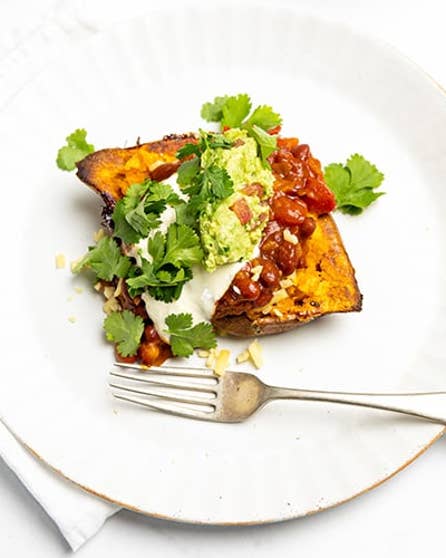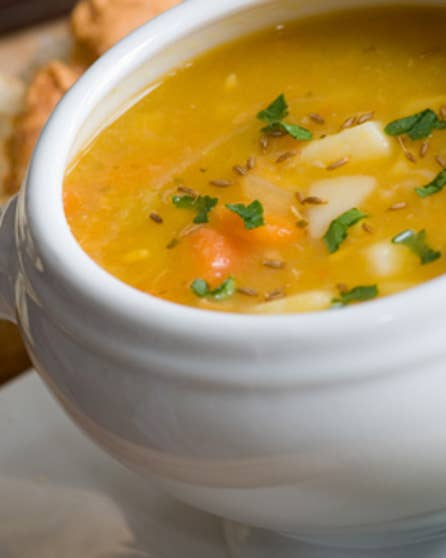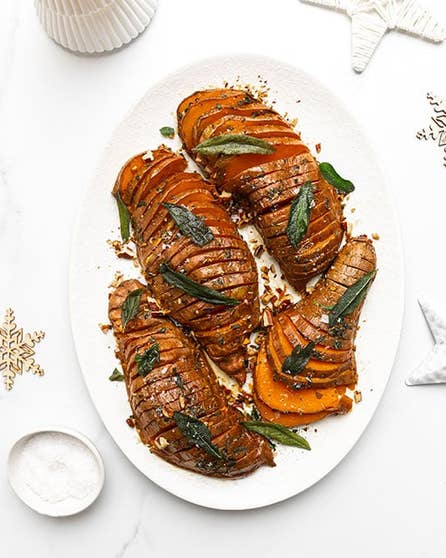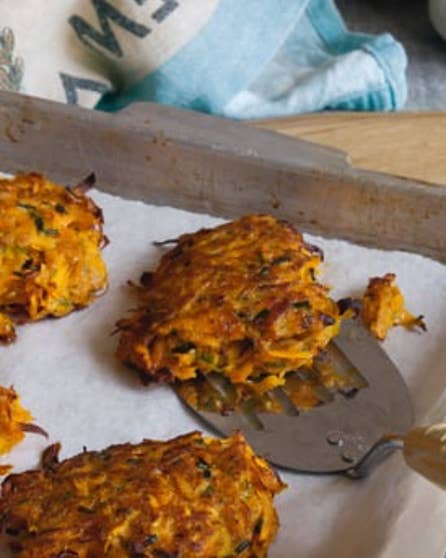Kumara recipes and tips
Everything you need to know about locally grown kumara. Find recipes, how to buy, how to store, and cooking tips to make the most out of delicious kumara.

How to buy
How to store
Cooking tips
- Kumara is delicious roasted in the oven with olive oil or butter until golden and crisp. You can eat this on its own or add to a salad or risotto for more flavour.
- An ideal potato substitute, cut kumara into wedges and bake in the oven until golden. You can even add a spice mix for extra flavour, such as cumin and chilli.
- Kumara soup is a great winter warmer. Pan-fry onions, garlic and curry powder, then add diced kumara and vegetable stock. Allow to boil until the kumara is soft, then blend into a soup. Add coconut cream before serving and top with fresh coriander as a garnish.
- To make ‘jacket kumara’, bake the kumara in the oven until tender – about 40 minutes, depending on size. Serve with guacamole and Mexican beans, or sour cream and sweet chilli sauce.
Nutrition facts
Recipes with kumara
1 / 0
Shop fresh fruits and vegetables online
See all
1 / 0

























